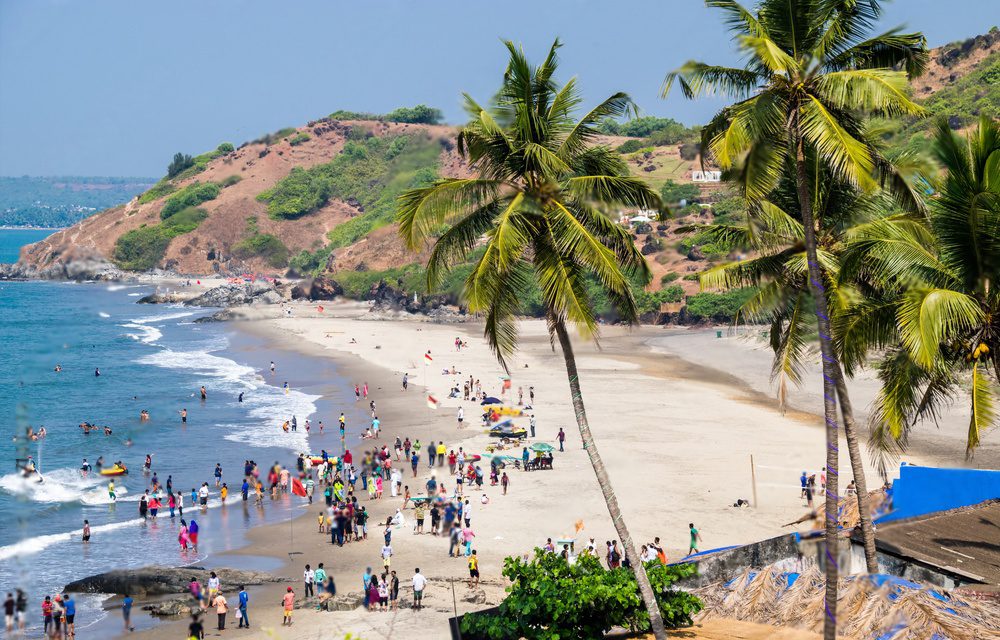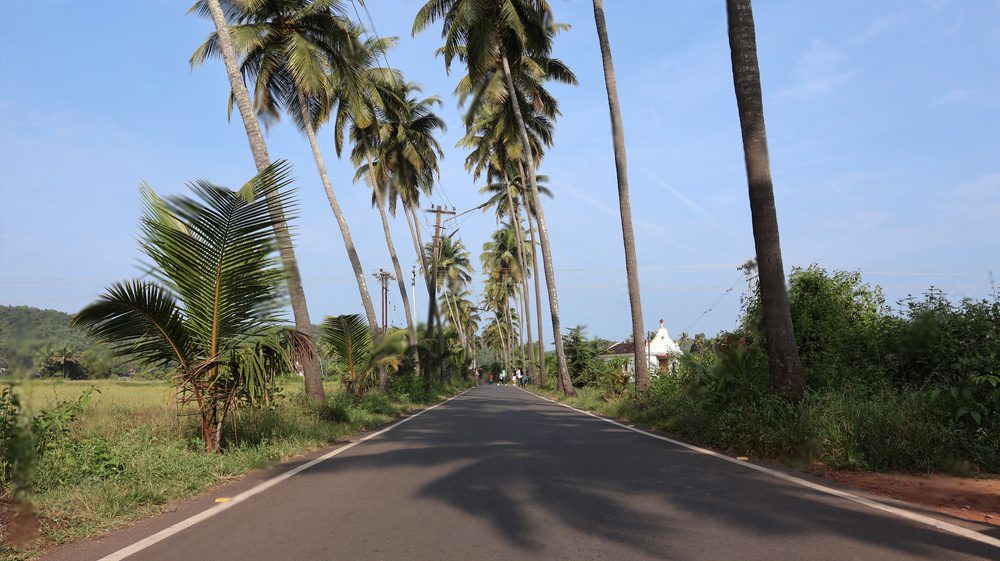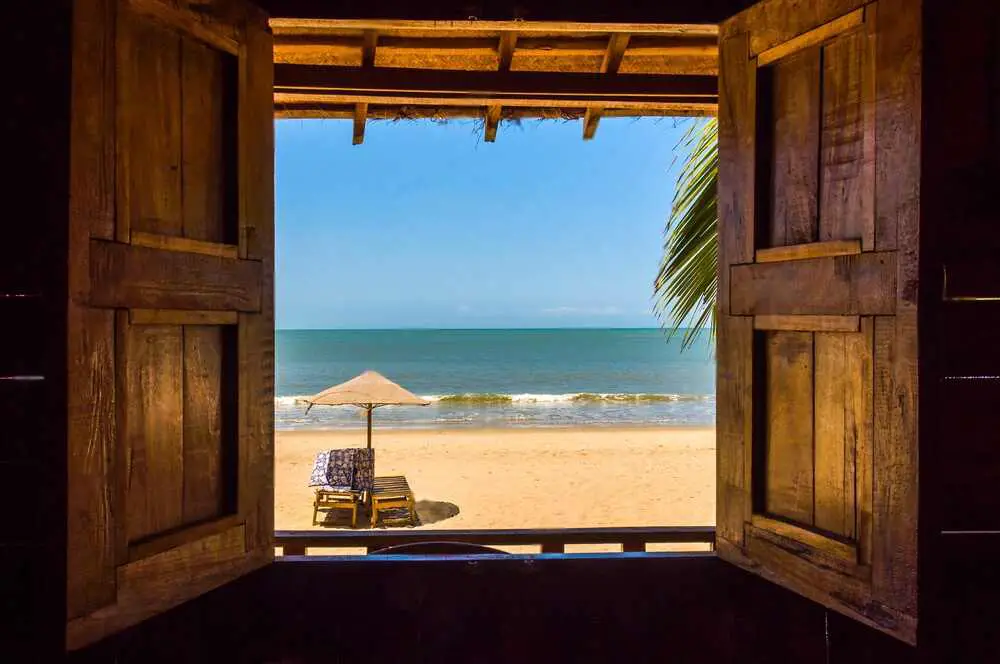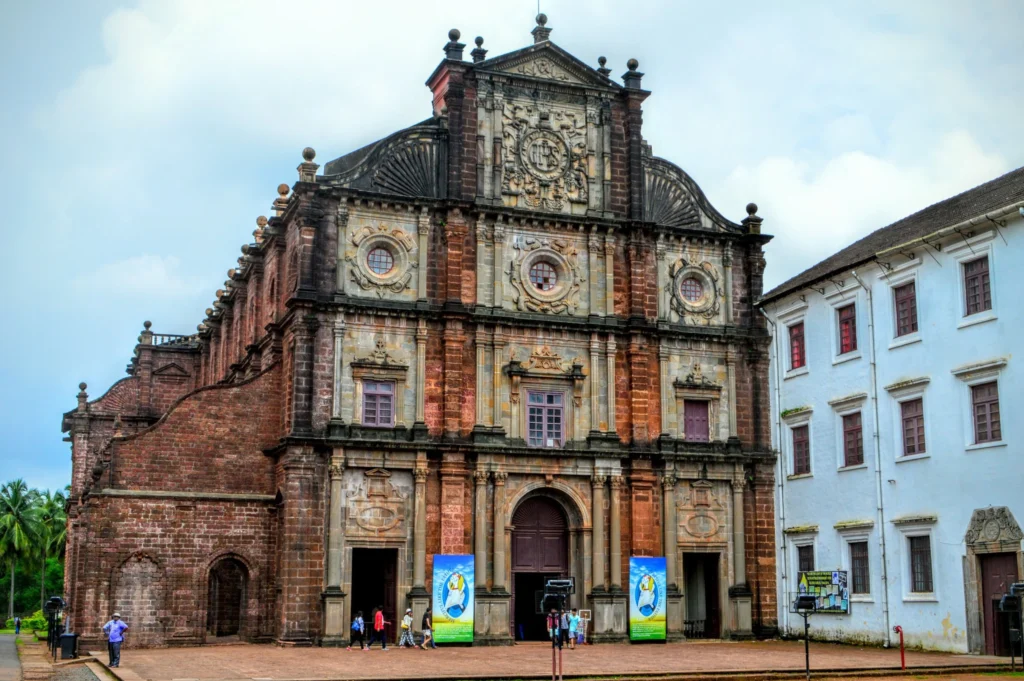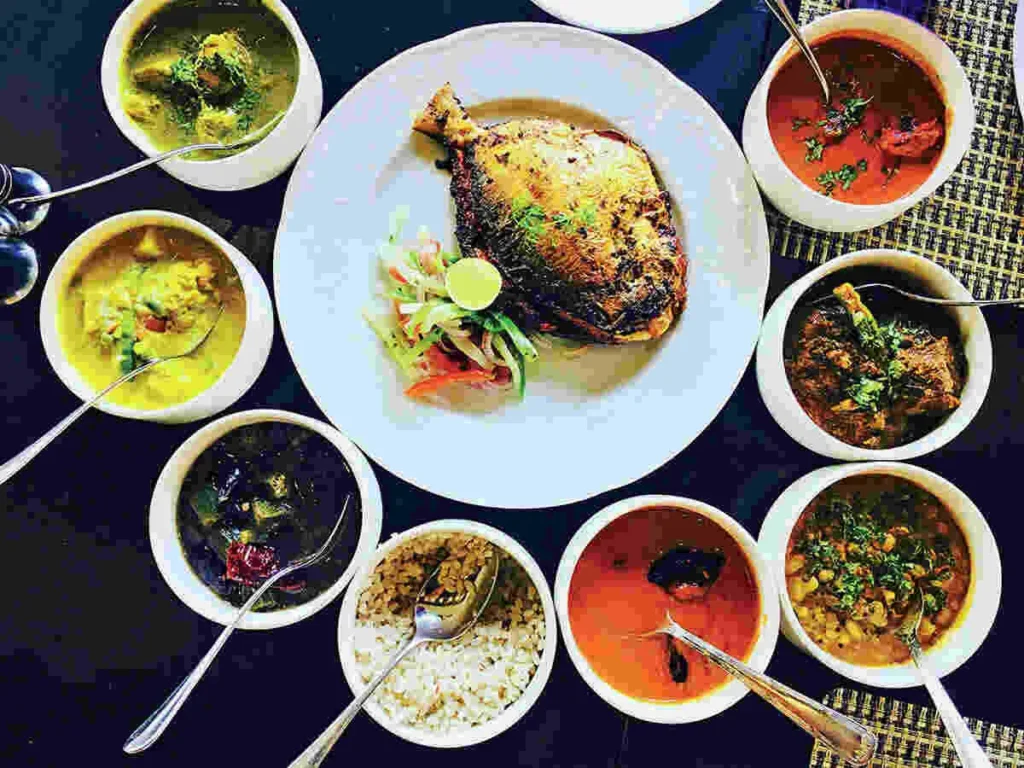Emerging from the banks of the Ganges like a guardian of time, Munger Fort embodies the rich tapestry of Bihar’s history and architectural splendor. This majestic sentinel, perched atop a strategic hill overlooking Munger, whispers secrets of bygone eras. Step through its ancient gates and prepare to be transported – imagine the clash of battles, the forging of alliances, and the birth of legends within these very walls.
Munger Fort, also known as “Mir Qasim Ki Qila,” boasts a history as old as time itself, stretching back over a thousand years. This imposing fortress has witnessed the rise and fall of empires, serving as a crucial stronghold for the various dynasties that ruled Bihar.
How to reach:
Taking Flight: The closest airport to Munger Fort is Lok Nayak Jayaprakash Airport (PAT) in Patna, Bihar’s capital. From Patna, a road trip of roughly 170 kilometers (approximately 4-5 hours depending on traffic) takes you to Munger Fort.
Train Travel: Munger Railway Station is your gateway by rail. Well-connected to major Indian cities like Patna, Kolkata, Delhi, and Mumbai, the station offers easy access to Munger. Upon arrival, taxis, auto-rickshaws, or cycle-rickshaws are readily available to whisk you to the fort within the town itself, typically a short 15-20 minute ride.
Roadways Unfold: Munger boasts good road connectivity to towns and cities across Bihar and Jharkhand. State-run and private buses, taxis, and private vehicles can all bring you here. National Highway 80 conveniently passes through Munger, connecting it to Patna, Bhagalpur, and Jamshedpur. If you’re driving, clear signages guide you from the town center to Munger Fort’s entrance.
Best time to visit:
Winter Wonderland (October to March): Munger truly shines during winter, its peak tourist season. Imagine comfortable temperatures ranging from 10°C to 25°C, creating a perfect ambience for exploring the architectural marvels of Munger Fort. The cool, dry weather makes sightseeing a pleasure, free from the discomfort of scorching heat or stifling humidity.
Spring’s Embrace (February to April): Spring unfolds another favorable window to visit Munger Fort, particularly between February and April. During this season, the weather remains mild, and the surrounding landscape explodes in a vibrant tapestry of colorful flowers and lush greenery. Pleasant temperatures and clear skies beckon travelers seeking ideal conditions for outdoor activities and sightseeing.
Summer Sizzle (May to June): Munger simmers with hot and humid weather conditions during the summer months of May to June. Soaring temperatures can make exploring the fort and engaging in outdoor activities less than comfortable for many visitors. While visiting Munger Fort in summer is still possible, be sure to pack plenty of water and sunscreen to stay hydrated and protected from the sun’s rays.
Attractions:
Munger Fort Main Entrance Gate (Darwaza-i-Roza):
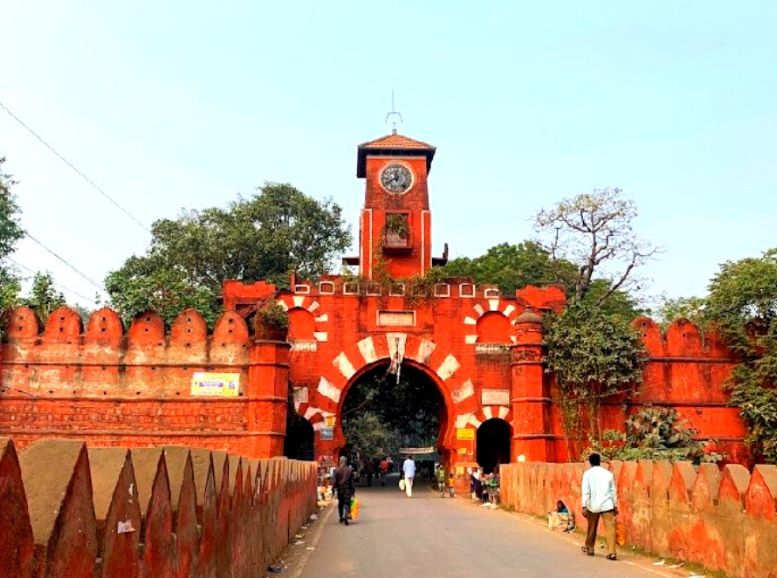

Munger Fort’s grandeur unfolds from the very first step. The Main Entrance Gate, Darwaza-i-Roza, stands as a majestic sentinel, whispering tales of the fort’s illustrious past. Intricate carvings adorn its surface, while ornate arches and towering bastions frame the entrance, inspiring awe and admiration in visitors. Crafted with meticulous skill, this monumental structure served as the primary gateway, welcoming kings, warriors, and travelers into the fort’s formidable embrace for centuries. Standing silent witness to the passage of time, the Main Entrance Gate embodies the countless stories of valor and conquest that resonate within Munger Fort’s walls.
Shuja’s Palace (Shuja Mahal):
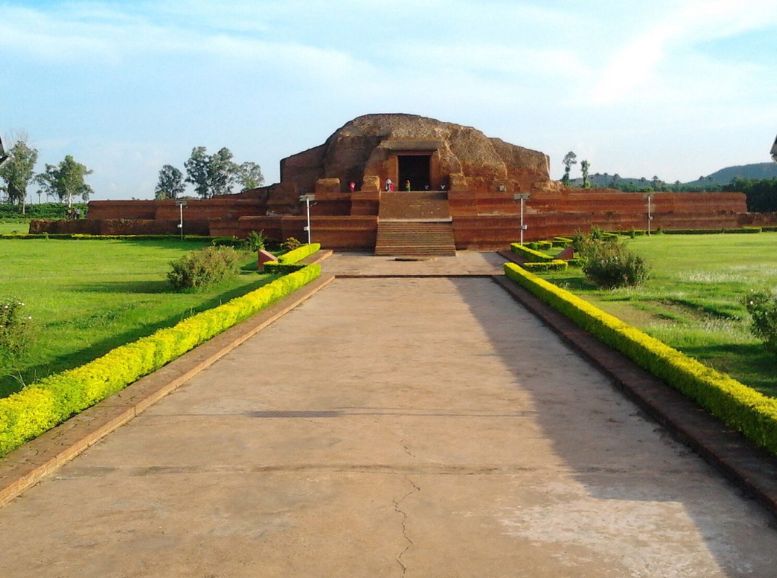

As you approach Munger Fort, the Main Entrance Gate, Darwaza-i-Roza, rises before you like a proud guardian, its very presence heralding the fort’s illustrious past. Intricate carvings adorn its surface, each stroke a story waiting to be unraveled. Ornate arches and towering bastions frame the entrance, demanding respect and inspiring awe. Crafted with meticulous attention to detail, Darwaza-i-Roza wasn’t just a point of entry; it served as a grand portal, welcoming kings, warriors, and even ordinary travelers for centuries. Standing as a silent sentinel, it has witnessed the passage of time and the countless sagas of valor and conquest that continue to resonate within Munger Fort’s walls.
Tomb of Pir Shah Nufa:
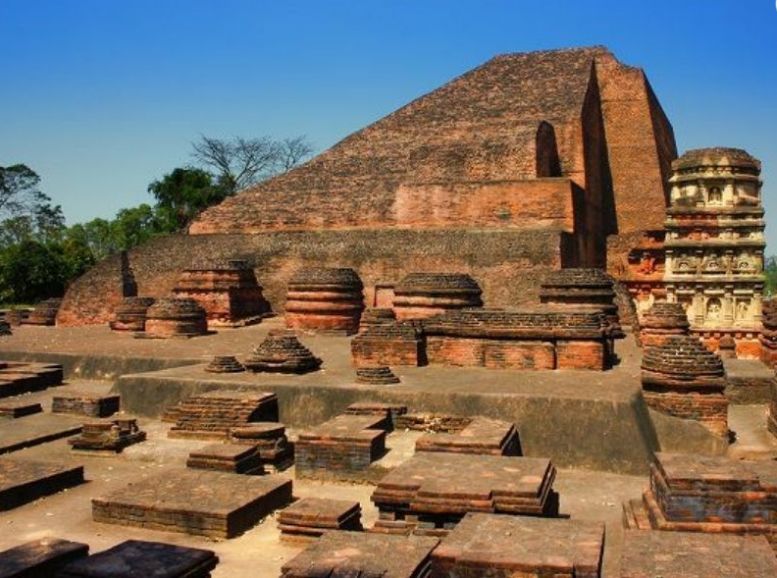

Within Munger Fort’s imposing walls lies a haven of serenity – the Tomb of Pir Shah Nufa. This sacred shrine transcends history, transforming into a wellspring of devotion for a revered Sufi saint. Stepping through the threshold, tranquility washes over you. For centuries, pilgrims and seekers have been drawn here, seeking solace and spiritual blessings bestowed by Pir Shah Nufa. The tomb itself stands as a testament to his legacy, adorned with intricate carvings and embellishments that whisper stories of his teachings.
Jami Masjid:
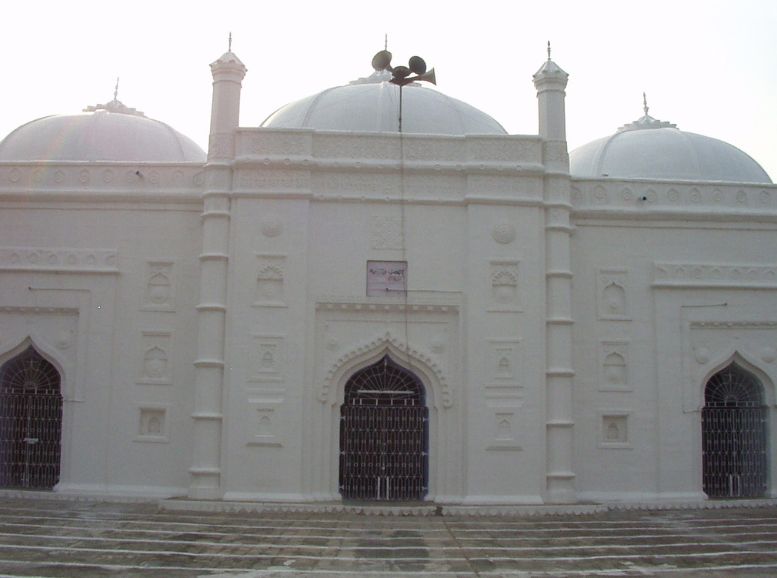

Munger Fort’s embrace extends beyond its imposing walls to reveal Jami Masjid, a gem whispering of a Mughal era steeped in architectural brilliance and unwavering faith. Emperor Aurangzeb himself bestowed this sacred sanctuary upon the local Muslim community. Majestic domes pierce the sky, while graceful minarets stand as silent sentinels. Intricately carved archways beckon entry, leading to a space where faith and architecture intertwine to create a haven of divine grace. Step inside, and serenity washes over you, inviting contemplation and prayer – a timeless tradition that continues to resonate within Jami Masjid’s hallowed walls.
Diwan-e-Aam and Diwan-e-Khas:
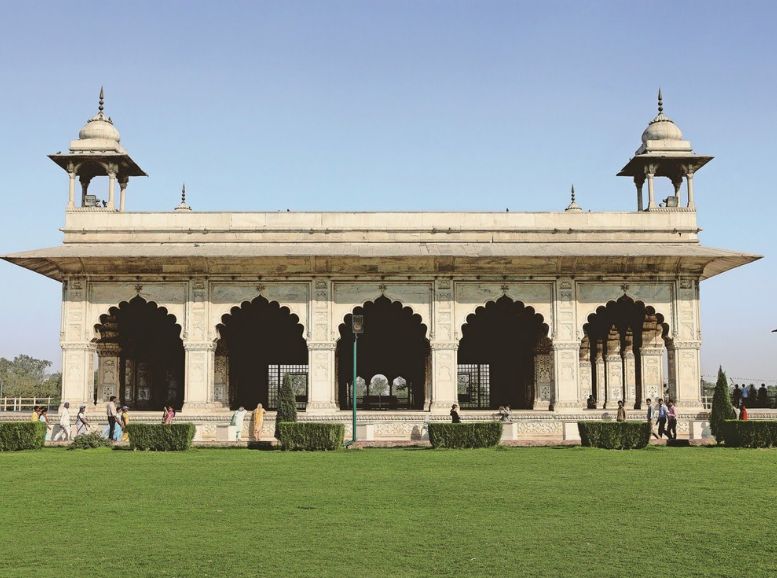

Munger Fort’s royal court unfolds in two magnificent halls: the Diwan-e-Aam (Hall of Public Audience) and the Diwan-e-Khas (Hall of Private Audience). Imagine these once-bustling spaces adorned with exquisite carvings, intricate frescoes, and opulent embellishments. Here, political intrigue swirled, diplomatic negotiations were held, and royal ceremonies dazzled with pomp. The Diwan-e-Aam buzzed with commoners seeking the king’s attention, while the Diwan-e-Khas hosted dignitaries and elites, offering a glimpse into the lavish lifestyle of Munger’s rulers. As you wander these halls, whispers of power and prestige seem to linger, transporting you back to a world of courtly splendor and aristocratic elegance.
Local Experiences:
River Cruise on the Ganges: Embark on a serene river cruise along the sacred Ganges River, offering panoramic views of Munger Fort and its surrounding landscape. Imagine gently gliding down the river, the cool breeze carrying the whispers of history as you admire the fort’s grandeur from a different perspective.
Explore Local Markets: Wander through bustling bazaars and vibrant markets in Munger town, where you can shop for traditional handicrafts, textiles, and souvenirs. Be prepared to lose yourself in a kaleidoscope of colors, sounds, and aromas as you unearth unique treasures and local specialties.
Culinary Delights: Indulge in the local cuisine of Bihar at nearby eateries and street stalls, savoring regional specialties such as litti-chokha, sattu paratha, and mouthwatering sweets. Don’t miss the chance to tantalize your taste buds with the unique flavors of Bihar.
Attend Cultural Events: Immerse yourself in the cultural heritage of Munger by attending local festivals, music concerts, and dance performances held throughout the year. Experience the vibrant energy and artistic expressions that come alive during these celebrations.
Village Tours: Embark on guided village tours to experience rural life in Bihar, interacting with locals, witnessing traditional crafts being practiced, and learning about age-old customs and traditions. Step off the beaten path and gain a deeper understanding of the region’s rich cultural tapestry.
Yoga and Meditation Retreats: Rejuvenate your mind, body, and soul with yoga and meditation sessions offered at tranquil ashrams and wellness centers in the vicinity of Munger Fort. Munger is known as a center for yoga practice, so take this opportunity to learn from the experts and find inner peace.
Photography Expeditions: Capture the timeless beauty of Munger Fort and its surroundings through photography expeditions. The fort’s rich history and the vibrant culture of Munger offer endless possibilities for capturing unforgettable images.
Travel tips:
Plan Ahead: Research Munger Fort’s operating hours, entry fees, and any special events beforehand to ensure a smooth visit.
Gear Up: Comfortable walking shoes are essential for navigating uneven terrain within the fort complex.
Dress for the Season: Check the weather forecast and pack accordingly. Sunscreen, sunglasses, and a hat are must-haves for sunny days, while rain gear is recommended during the monsoon season.
Hydration is Key: Carry a water bottle to stay hydrated, especially during hot weather.
Local Currency: Have enough local cash for entry fees, small purchases, and transactions near the fort. ATMs may not be readily available.
Respect the Culture: Dress modestly and be mindful of local customs, particularly when visiting religious sites.
Photography Etiquette: Be aware of any photography restrictions within the fort, especially at religious sites and sensitive areas.
Safety First: Exercise caution while exploring, especially on elevated areas or near steep edges. Keep valuables secure and be aware of your surroundings.
Guided Tours: Consider hiring a local guide for a deeper dive into the fort’s history and architecture.
Plan for the Unexpected: Travel insurance can provide peace of mind in case of unforeseen circumstances.
Be Prepared: Pack essential medical supplies like a first-aid kit and any medications you need.
Language Skills: Learn a few basic Hindi or Bihari phrases to enhance communication with locals, as English may not be widely spoken.
Pack Light: Travel with minimal luggage if you plan to explore extensively on foot.
Conclusion
Munger Fort’s hallowed halls and storied ramparts leave a lasting impression. From its majestic entrance to serene courtyards, it’s a testament to the indomitable spirit and architectural brilliance of bygone eras. Exploring its labyrinthine corridors and hidden treasures, we’re transported to a world where centuries whisper with every step. More than a relic, Munger Fort is a living monument to Bihar’s resilient people. Regal palaces, sacred shrines, and panoramic Ganges vistas beckon adventurers and history buffs alike. Plan your unforgettable exploration with Xplro.com, your one-stop guide for crafting the perfect Munger Fort itinerary. Marvel at intricate carvings, capture the ethereal night sky, or simply soak it all in – Munger Fort offers a myriad of experiences that leave an indelible mark. Let Xplro.com guide you through this historic gem and create memories that will last a lifetime.
FAQs
What is the historical significance of Munger Fort?
- Munger Fort holds immense historical significance, dating back to ancient times. It served as a strategic stronghold for various rulers, including the Mauryas, Guptas, and Mughals, due to its commanding position overlooking the Ganges River.
What are the visiting hours of Munger Fort?
- Munger Fort is usually open to visitors from specified opening hours, allowing ample time to explore its architectural wonders and historical artifacts.
Is there an entry fee to visit Munger Fort?
- Yes, there is an entry fee to visit Munger Fort. The fee varies depending on the visitor’s age and nationality. Details regarding the entry fee can be obtained upon arrival at the fort.
Are guided tours available at Munger Fort?
- Yes, guided tours are available at Munger Fort for visitors who wish to gain insights into its history, architecture, and cultural significance. Knowledgeable guides offer informative tours in multiple languages.
What are the main attractions within Munger Fort?
- Munger Fort boasts several attractions, including Shuja Mahal, Pir Shah Nufa’s Tomb, Jami Masjid, and the Archaeological Museum, each offering a unique glimpse into the fort’s rich heritage.
How much time should I allocate for exploring Munger Fort?
- It’s recommended to allocate at least a few hours to explore Munger Fort thoroughly, allowing ample time to visit its various attractions, stroll along its ramparts, and soak in its historical ambiance.
Can I take photographs inside Munger Fort?
- Yes, visitors are usually allowed to take photographs inside Munger Fort for personal use. However, photography guidelines may vary in certain areas, especially at religious sites and sensitive locations.
Is Munger Fort wheelchair accessible?
- While some parts of Munger Fort may be accessible to wheelchair users, the complex terrain and uneven pathways may pose challenges for mobility-impaired individuals. It’s advisable to inquire about accessibility options in advance.
Are there any dining options near Munger Fort?
- Yes, there are several dining options available near Munger Fort, including local eateries, restaurants, and street food stalls serving traditional Bihari cuisine and refreshments.
Can I visit Munger Fort during the monsoon season?
- While Munger Fort is open to visitors throughout the year, it’s advisable to exercise caution during the monsoon season (July to September) due to heavy rainfall and slippery conditions.
What are the nearby attractions to visit along with Munger Fort?
- Visitors to Munger Fort can explore nearby attractions offering additional insights into the region’s history, culture, and natural beauty. Examples include [mention nearby attractions].
Is Munger Fort suitable for children and elderly visitors?
- Yes, Munger Fort is suitable for visitors of all ages, including children and elderly individuals. However, it’s essential to exercise caution while exploring the fort’s elevated areas and uneven terrain.
